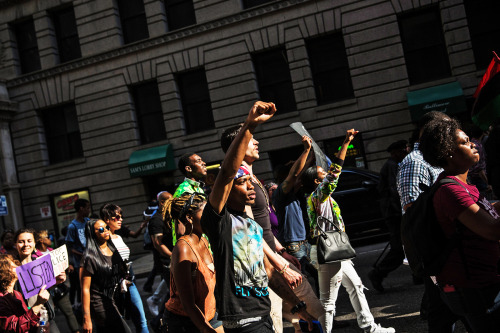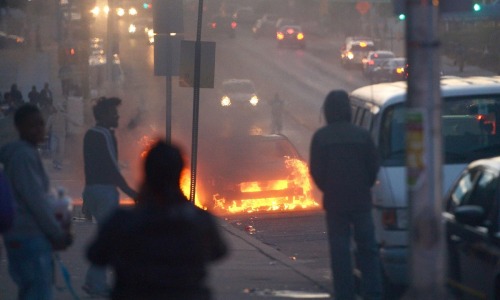(via The Stars Finally Align for Mobile Live Streaming — Medium) A good overview of the evolving market of livestreaming.
Why now:
- Apple used to block live video, but now smartphone caable of doing especially with LTE
- “Smartphones provide all the critical pieces for these new services. They take care of distribution through the app store, monetization through in-app purchases, incredible video quality through cameras and microphones, and connectivity everywhere with LTE internet.
- Plummeting costs of data, mobile access up up
- Most live video on YouNow is via mobile; and is by young people - an always-connected, often-recorded generation
- A combination of technological advances, youthful adoption, and familiarity with live video has allowed a new form of social networking to emerge.
- Another trend is evident here as all social media interactions move to real time. As people are “always” connected the communication form becomes more immediate and frictionless. Photo sharing and text became more real-time with Instagram and messaging apps, now video is becoming real time as well.
The Market is Growing Up:
“The technology is not new — people used sites like Livestream and Ustream to broadcast during protests in Ferguson and elsewhere — but these new apps help to incorporate live streaming into the existing social media landscape, potentially bringing it to a much larger audience.” –
Slate
Other participants:
Ustream has shifted from their initial strategy to target the live streaming market for enterprise customers. The firm has also recently opened up their API allowing ‘anyone’ to build their own live broadcasting app. Ustream also powers ‘Facebook Live’, a collaboration from 2012.
Livestream, a company headquartered in Brooklyn, targets media and entertainment with their “broadcaster mini” adapter which gives professional HD cameras live broadcasting abilities.
Chosen recently launched an app that further gamifies the social live streaming experience, acting as a platform for an American Idol-like performance competition.
Snapchat’s success has acted as evidence towards social networking’s evolution into mobile, real-time, and video-based interaction. While Snapchat’s primary function exists via one-to-one communication, their location and event-focused stories offer a glimpse into the future of contextually relevant social video.
Yahoo Screen recently released ‘Live Events’.
Facebook, although not a platform centered around live media, has tinkered with live streaming since 2009 ..BUT… Facebook focus is on increasing the consumption of pre-recorded videos. 30% of Facebook’s users are a slightly older demographic (compared to lives streaming) of 25–34 year old who spend 20 minutes on average per visit [11]. Their video consumption habits are all about browsing through the platform when they have time. For these users, time and convenience is paramount.
YouTube has been unsuccessfully attempting to enter into livestreaming video since 2010. This, and the constant pressure from Facebook to replace YouTube, pushes YouTube to make a radical moves: getting a younger audience hooked up before Facebook gets them, generating live content that can then be recorded and shared indefinitely on the platform, and lastly, helping generate more meaningful revenues.




